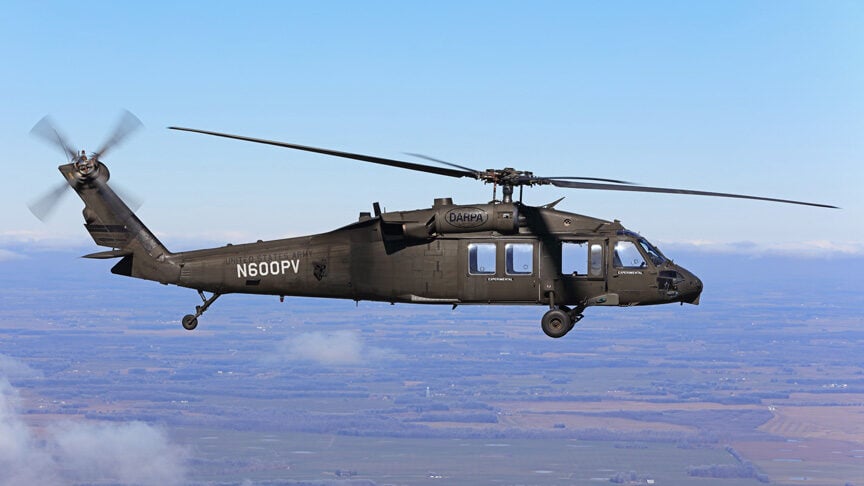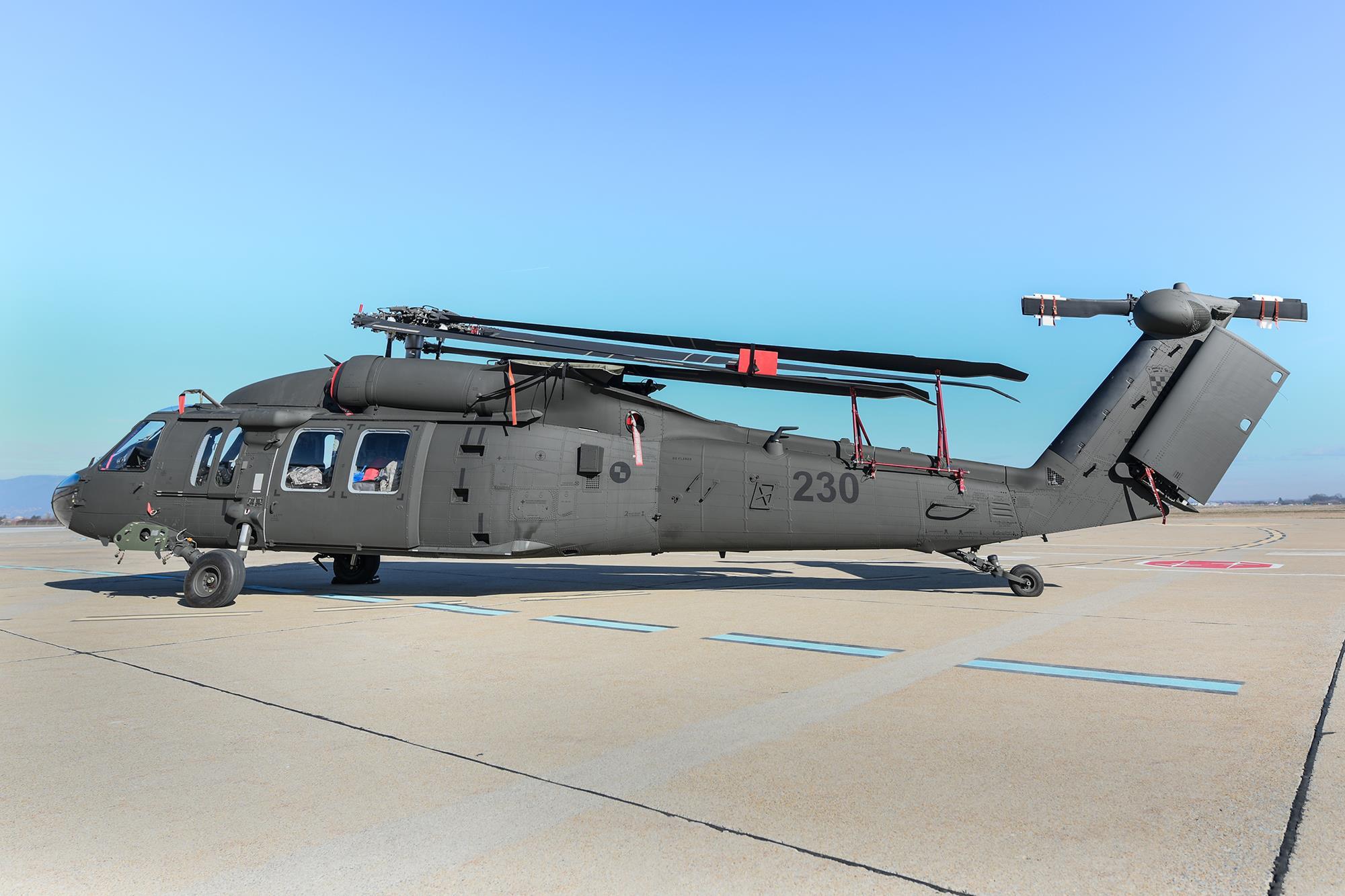Taking Flight: Uh-60 Black Hawk Pilot Qualification Process Explained
Taking Flight: Uh-60 Black Hawk Pilot Qualification Process Explained
Blog Article
The UH-60 Helicopter: Navigating With Its History, Layout, and Significant Function in Aviation
The UH-60 helicopter, commonly described as the Black Hawk, stands as a testimony to the innovations in aeronautics innovation and its indisputable effect on both armed forces and noncombatant procedures. From its modest beginnings to its existing status as a sign of dependability and versatility, the evolution of the UH-60 has been noted by continual innovation and adaptation to meet the developing demands of the aeronautics sector. As we explore its history, style details, and the important role it plays in numerous markets, a deeper admiration for this renowned helicopter emerges, shedding light on the substantial contributions it has actually made to the world of air travel.
Development of the UH-60 Helicopter

The development of the UH-60 helicopter can be mapped back to the requirement for a versatile and dependable utility aircraft that could fulfill the requiring needs of modern military operations. Developed by Sikorsky Airplane, the UH-60 Black Hawk initially flew in 1974, with the U.S. Army becoming its main operator. Throughout the years, the UH-60 has actually undertaken numerous upgrades and variants to enhance its capacities and efficiency.

Style Developments and Attributes

Furthermore, the UH-60 features a sophisticated avionics collection that consists of sophisticated navigation systems, communication tools, and digital display screens. These technological advancements improve situational understanding for the crew, enhancing general objective effectiveness and safety. The helicopter's spacious cabin design helps with quick and simple loading and unloading of soldiers, equipment, and casualties, making it a versatile possession for armed forces procedures and disaster alleviation efforts.
Additionally, the unification of composite products in vital architectural components decreases weight while maintaining durability, boosting the UH-60's performance and gas efficiency. The UH-60 helicopter's innovative design elements collectively add to its reputation as a trustworthy and extremely capable aircraft in both army and civilian aviation fields.
Army and Noncombatant Applications
With versatile capabilities suited for a range of functional demands, the UH-60 helicopter offers both army and noncombatant fields effectively. The UH-60's sophisticated avionics, defensive systems, and convenience have solidified its placement as a foundation of army helicopter fleets.
In addition, the UH-60's adaptability for VIP transportation find more information and offshore procedures even more highlight its importance in noncombatant applications. Whether in noncombatant or military usage, the UH-60 helicopter continues to prove its worth as a flexible and important airborne platform.
Effect on Aeronautics Workflow
Having developed its relevance in civilian and armed forces applications, the UH-60 helicopter's impact on aeronautics procedures extends beyond its versatile capabilities to affect a large selection of airborne goals. In army settings, the UH-60 plays an important function in army search, transportation and rescue procedures, medical emptying, and special procedures support.
In addition, the UH-60's reliability and endurance make it a favored option for utility goals, including transportation of freight and personnel to remote places. Overall, the UH-60 helicopter substantially affects aviation operations by providing unparalleled capabilities and support across a wide spectrum of missions.
Future Dopes and Potential Customers
The advancement of the UH-60 helicopter is poised to transform air travel capacities and improve operational standards in the coming years. Developments in technology and style are driving the development of next-generation UH-60 variations that assure enhanced mission, agility, and speed flexibility.
Moreover, there is a growing emphasis on sustainability and gas performance in the layout of future UH-60 helicopters (uh-60). Suppliers are checking out brand-new materials, propulsion systems, and wind resistant enhancements to reduce environmental impact and operating prices. These innovations not only benefit the atmosphere but additionally add to the lasting viability and competitiveness of the UH-60 in the rapidly advancing aviation sector
Conclusion

The UH-60 helicopter, commonly referred to as the Black Hawk, stands as a testimony to the developments in aeronautics modern technology and its undeniable effect on both civilian and army operations.Having actually established its discover this info here importance in military and civilian applications, the UH-60 helicopter's effect on aviation procedures prolongs past its flexible abilities to influence a wide selection of aerial objectives. In general, the UH-60 helicopter substantially affects air travel procedures by supplying unrivaled capacities and assistance across a broad spectrum of missions.
The advancement of the UH-60 helicopter is positioned to revolutionize aeronautics capabilities and improve operational standards in the coming years. As technology proceeds to advancement, the future developments and potential customers for the UH-60 helicopter remain appealing, ensuring its ongoing relevance in the field of aeronautics.
Report this page